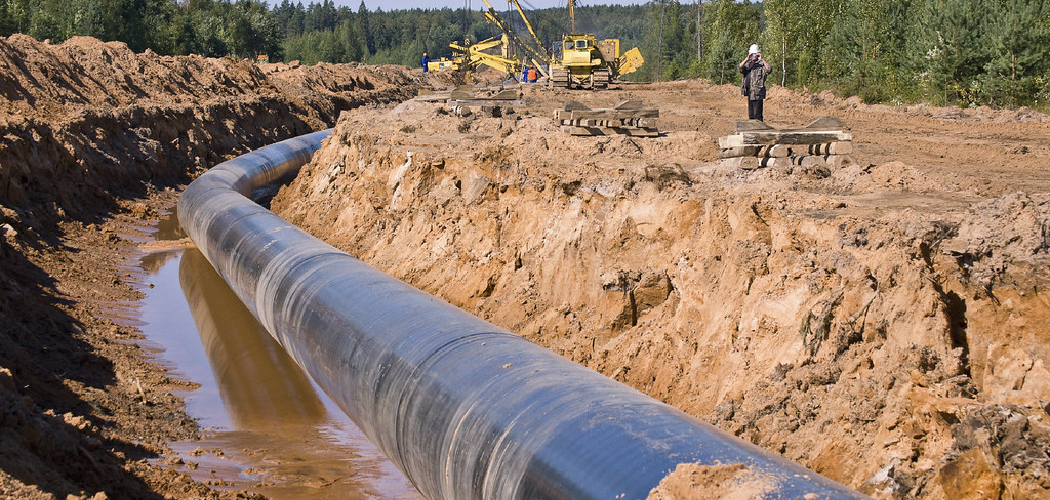Locating gas lines accurately is essential for ensuring both safety and maintenance within a home. Gas lines, if improperly accessed or damaged, can lead to dangerous leaks or explosions, making it crucial to have a clear understanding of their layout before embarking on any home improvement or repair projects.
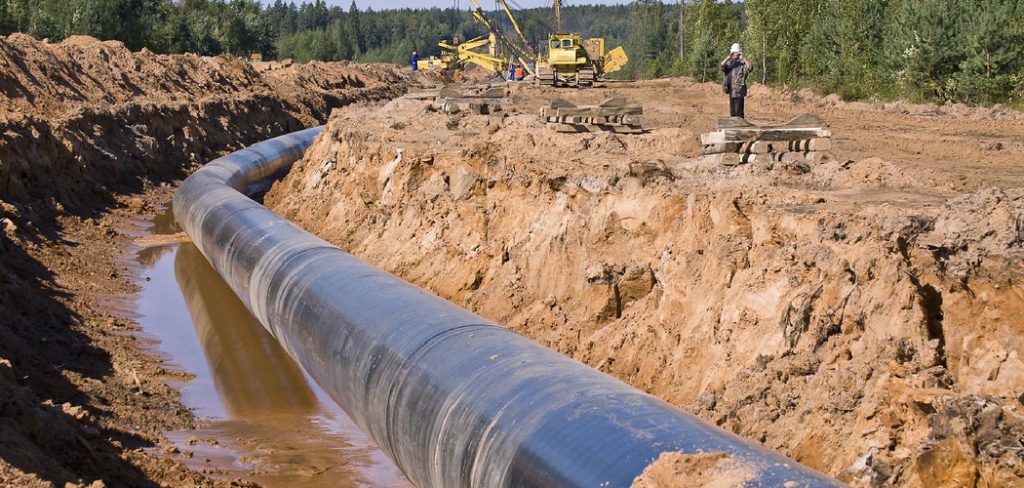
This article aims to provide readers with comprehensive guidance on how to locate a gas line effectively, covering a variety of methods such as visual inspections, the use of specialized tools, and when to consult professionals. Throughout the article, we will explore the steps and tips that will make this task easier, empowering homeowners to approach gas line identification with confidence and safety in mind.
Understanding Gas Lines and Their Placement
Types of Gas Lines
Understanding the different types of gas lines is crucial for proper identification and management. Main Lines are the primary conduits that bring gas into a property from the utility provider. Typically, these lines are buried underground and enter the home near the foundation, often connected to the gas meter. On the other hand,
Branch Lines extend from the main lines to distribute gas to various appliances and fixtures, including stoves, water heaters, and furnaces. These branch lines are typically smaller in diameter and are generally found running through the walls or beneath floors. The Gas Meter usually resides close to the entry point of the main line and measures the overall gas usage for the property, serving as a critical point of reference when assessing the gas line system.
Typical Placement in Homes
Gas lines are usually positioned in specific areas of a home to optimize function and safety. Common Locations for gas lines include basements and crawl spaces, where they can easily connect to multiple appliances. Additionally, you may find gas lines along exterior walls, particularly for outdoor grills or fire pits. In terms of Interior Routing, gas lines are often discreetly routed through walls, ceilings, or floors, minimizing visible piping while ensuring that gas can reach all necessary points in the house efficiently.
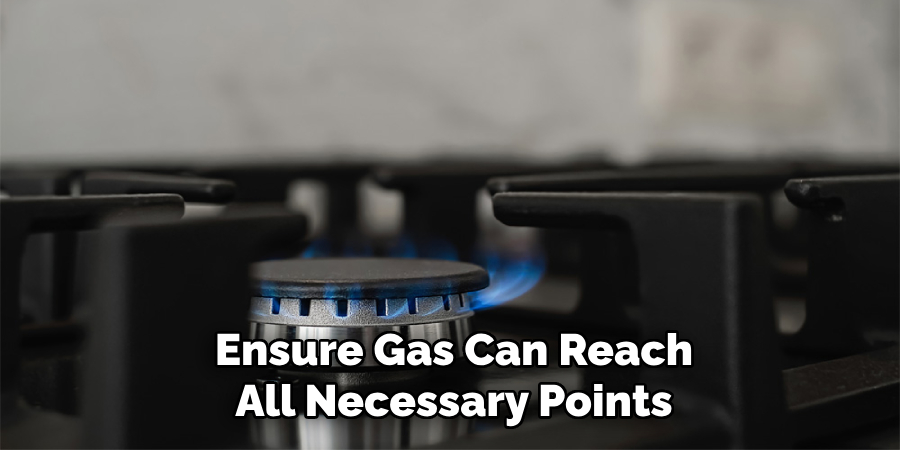
Understanding these placements helps homeowners in both maintenance and emergency situations, ensuring they can locate them swiftly while avoiding any potential hazards during home improvement projects.
How to Locate a Gas Line: Visual Inspection and Initial Steps
Locating gas lines effectively begins with a thorough visual inspection and the right initial steps, ensuring safety and efficiency in the identification process.
Step 1: Check Existing Documentation
One of the first actions a homeowner should take is to review any available documentation, which can provide crucial insights into the layout of the gas lines. Blueprints and Plans are an excellent starting point; these documents often include details about the home’s structure and may highlight the location of gas lines, among other utilities. Renovation plans can also reveal modifications that may have affected the gas line routing, making it essential to understand the original and current setups.
Additionally, Utility Records can be invaluable in this endeavor. Homeowners should consider reaching out to their local gas company for maps or diagrams illustrating the gas line layout. Utility providers typically maintain records of their service lines, and they may be able to offer specific information about the lines servicing a given property. This proactive approach not only aids in identification but also ensures the homeowner is compliant with safety regulations.
Step 2: Look for Visible Gas Lines
Once documentation is reviewed, the next step involves looking for any visible gas lines. Start by checking areas like Exposed Pipes in places such as basements or utility rooms, where it is common for gas lines to be more accessible. Gas pipes are usually metallic and may be identifiable by their distinctive color, often painted yellow or left in a metallic finish. The material can vary from steel to copper, so it’s crucial to familiarize oneself with these characteristics to enable easier identification.

In addition, it’s important to locate the Gas Meter and Regulator. The gas meter typically resides close to the entry point of the main gas line and serves as a central hub for the gas supply within a property. This meter can provide critical clues about routing the gas lines extending into the home. By tracing the path from the gas meter to the regulator, which controls the pressure of the gas flowing into the home, homeowners can better understand how gas moves through the system.
Step 3: Inspect Common Fixtures
The next step focuses on Appliances and Fixtures that use gas, as these can also offer valuable insights into the location of gas lines. Homeowners should trace gas lines from key appliances such as stoves, water heaters, and furnaces, as these fixtures are typically directly connected to the gas supply. Observing their connections can reveal the layout of gas lines within the house.
It’s essential to Check Connections thoroughly. Following the visible connections and fittings may lead to the identification of additional gas lines branching off to other areas of the home. Homeowners should pay attention to junctions where pipes connect, as these points are crucial for understanding the broader gas line network. By taking time to inspect these areas, homeowners not only enhance their knowledge of their property’s gas infrastructure but also contribute to maintaining a safe living environment.
Using Tools and Technology
Advancements in technology have greatly enhanced our ability to locate gas lines accurately and safely. Employing the right tools ensures that identification is not only efficient but also minimizes risks associated with accidental damage to gas lines.
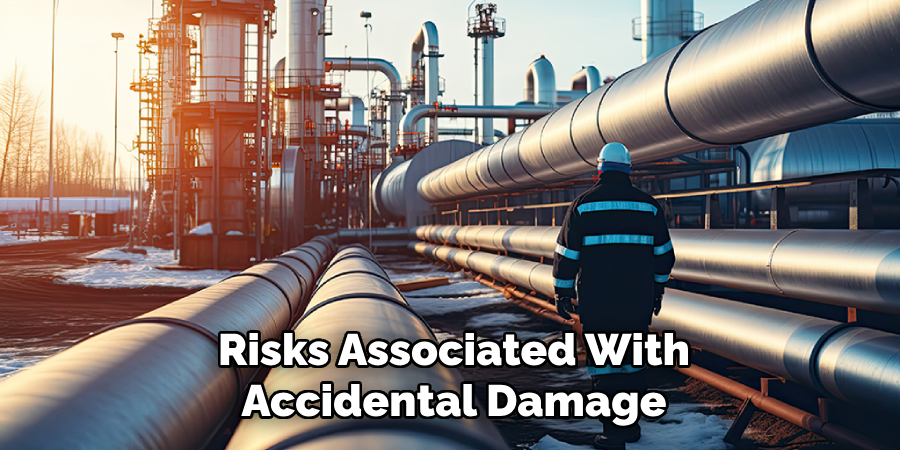
Tool 1: Gas Line Locator
Description and Use: A gas line locator is a device designed to detect the presence and location of underground gas lines using electromagnetic signals. It operates by sending a specific frequency through the ground, which is then picked up by the receiver when it encounters a conductive gas line. This non-invasive method is crucial for pinpointing gas lines before any excavation or construction work begins, thereby preventing potential gas leaks and accidents.
Step-by-Step Instructions:
- Setup: Begin by fully charging the gas line locator if it is battery-operated. Select the correct frequency based on the gas utility provider’s specifications and turn the device on.
- Scanning: Slowly walk the area where you suspect gas lines may be located. Keep the receiver parallel to the ground for optimal signal detection. The device should emit audio or visual signals indicating proximity to a gas line.
- Interpreting Results: When the locator alerts you, mark the spot for further investigation. It’s advisable to take multiple readings from different angles to accurately identify the line’s location.
Tool 2: Pipe and Cable Locator
Description and Use: A pipe and cable locator can detect gas lines and other pipes and cables buried underground. This versatile tool uses electromagnetic and radio frequency signals to trace various utilities, offering clear visibility of potential conflicts during digging or renovation projects.
Step-by-Step Instructions:
- Positioning the Device: Place the transmitter above the area where you want to locate utility lines, ensuring that it is signaling the appropriate frequency.
- Analyzing the Readout: Move the receiver across the ground in a systematic manner. Watch for signal strength variations on the display, indicating the presence and depth of pipes or cables. Mark these locations clearly for reference during any further work.
Tool 3: Inspection Camera
Description and Use: An inspection camera, often referred to as a borescope, is a valuable tool for visually inspecting hidden gas lines or access points. This device features a small camera attached to a flexible cable, allowing users to navigate tight spaces within walls or beneath floors to view gas lines directly.
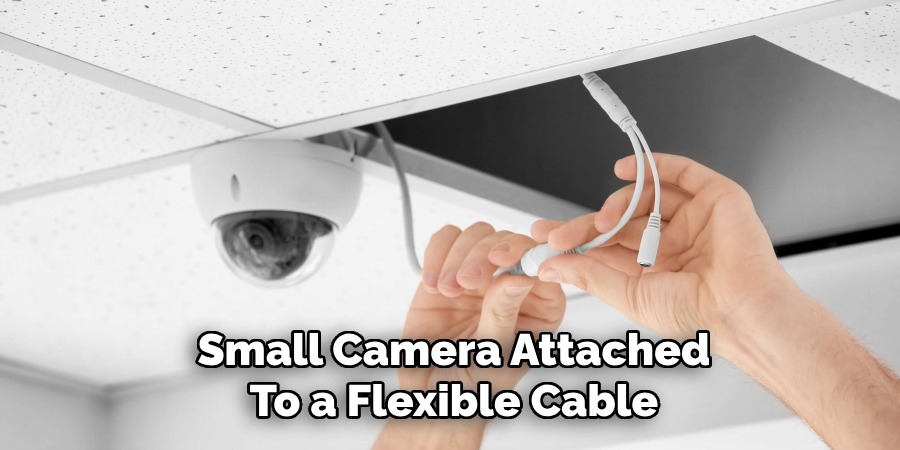
Step-by-Step Instructions:
- Inserting the Camera: Carefully select a discreet access point—such as an unused outlet or vent—to insert the camera. Ensure the area is free of obstructions.
- Viewing the Footage: Operate the camera to capture images or video of the hidden gas lines. Move the camera slowly to gather comprehensive data, and note any connections or fittings that may require attention.
- Documenting Findings: Save footage and take notes on the condition and location of the gas lines observed. This information can assist in maintenance or future renovations, enhancing safety and awareness regarding the gas infrastructure within the property.
Consulting Professionals
When to Call a Professional
It’s wise to consult a professional for gas line work in certain circumstances. If you’re uncertain about the location of gas lines, have difficulty accessing them, or encounter potential safety hazards, seeking expert help is crucial. Professionals such as licensed plumbers or gas line specialists possess the knowledge and experience to address these challenges effectively. Relying on their expertise can prevent accidents and ensure proper handling of complex situations that could pose risks to your safety.
Benefits of Professional Assistance
Engaging professionals offers significant advantages regarding gas line identification and maintenance. Their expertise ensures the accurate location of gas lines and enhances safety during inspections or repairs, alleviating worries of accidental damage or gas leaks. Furthermore, certified professionals ensure compliance with local building codes and regulations, protecting homeowners from legal issues and ensuring that all work meets the necessary safety standards. This professional involvement ultimately contributes to a safer living environment.
Safety Precautions
Avoiding Gas Leaks
Safety is paramount when handling or locating gas lines. Always avoid open flames, sparks, and excessive force near gas lines. Regularly check for gas smells, which may indicate a leak, and consider using commercial leak detection solutions, such as soap bubbles, to identify potential leaks around fittings and connections. Prompt attention to any unusual odors or signs is essential for preventing hazardous situations.
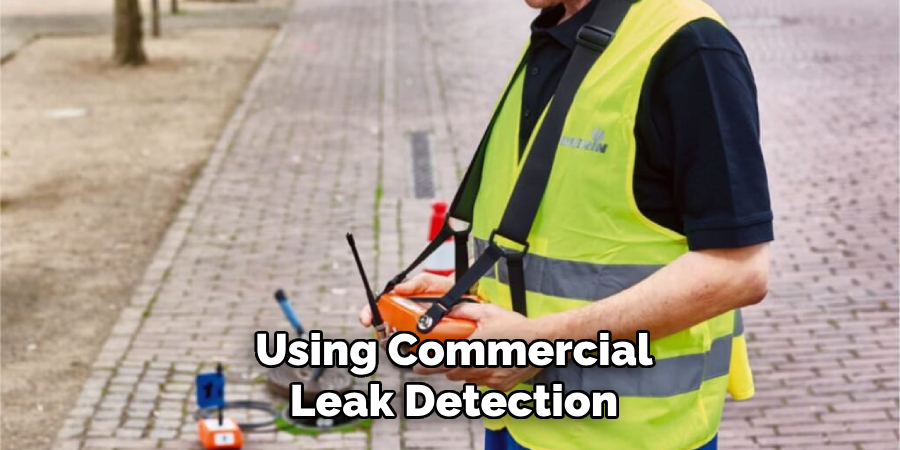
Proper Handling
Following the manufacturer’s guidelines when using tools and equipment is crucial to avoid accidental damage to gas lines. Always handle equipment carefully and ensure it is in good working condition before use. In case of a gas leak or emergency, swiftly evacuate the area, avoid using electronic devices that could cause sparks, and immediately contact emergency services for assistance. A timely response can significantly reduce risk and ensure safety for everyone involved.
Conclusion
In summary, understanding how to locate a gas line is essential for safety and effective maintenance. We explored various methods including visual inspections, the use of specialized tools like gas line locators, pipe and cable locators, and inspection cameras. Each method is crucial in accurately identifying gas lines to prevent accidents. Moreover, when needed, consulting professionals ensure adherence to safety protocols and regulations, minimizing risks associated with handling gas infrastructure.
It is vital to routinely inspect and maintain gas lines; regular check-ups can help detect potential issues before they escalate into serious hazards. By employing these methods and maintaining vigilance, homeowners can ensure the safety and functionality of their gas line systems, ultimately contributing to a secure environment for themselves and others.

